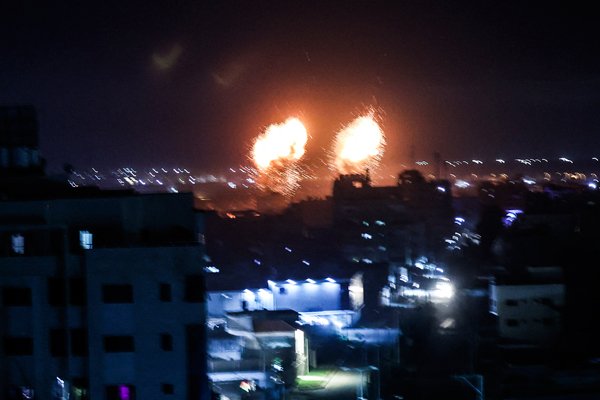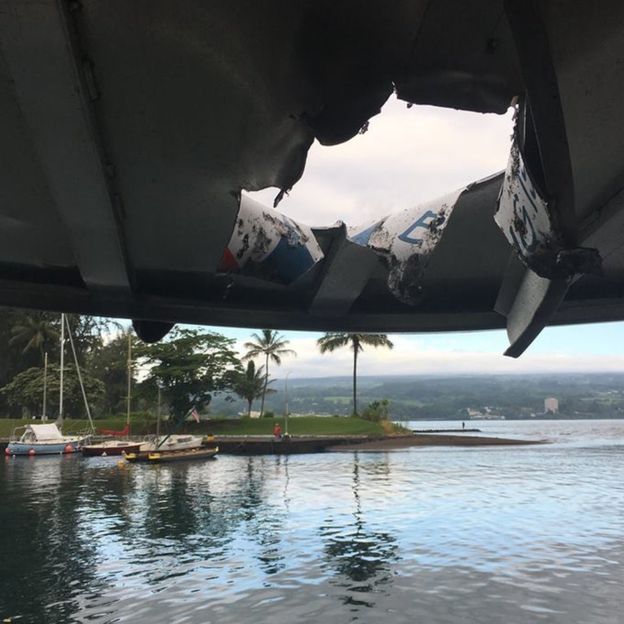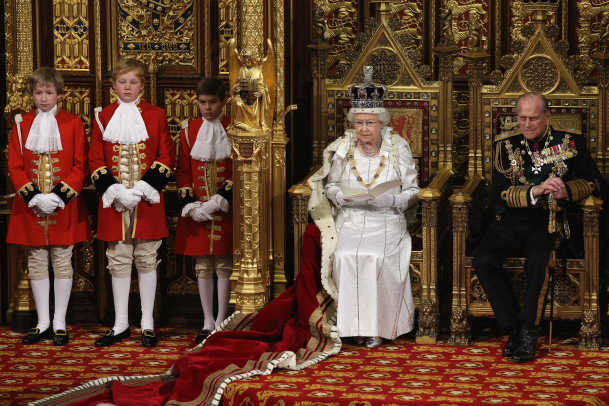Israel carried out air strikes on the Gaza Strip early Wednesday after militants in the Palestinian territory sent incendiary balloons into the south of the country, in the first flare-up between the two sides since a major conflict in May in which hundreds were killed.
The strikes were the first under the new coalition government headed by Naftali Bennett, who took over on Sunday after ousting former Prime Minister Benjamin Netanyahu.
And they come as more than a thousand ultranationalist demonstrators bearing Israeli flags poured into Jerusalem’s flashpoint Old City on Tuesday, with scores of police deployed and international monitors urging calm.
According to Palestinian sources, Israel’s air force targeted at least one site east of Khan Yunis in the south of the Gaza Strip, which is home to some two million people.
An AFP photojournalist in Khan Yunis saw the explosions.
The Israeli Defence Force said that in response to the “arson balloons”, its “fighter jets struck military compounds belonging to the Hamas terror organisation”.
It added that “facilities and meeting sites for terror operatives” in Khan Yunis were targeted. There was no indication of casualties so far.
The IDF added that it was “prepared for any scenario, including a resumption of hostilities, in the face of continuing terror activities from the Gaza Strip.”
Local firefighters said the incendiary balloons caused around 20 fires in southern Israel.
The violence is the first flare-up between Israel and Palestinian militants since a ceasefire came into place in May, ending 11 days of heavy fighting that killed 260 Palestinians including some fighters, the Gaza authorities said.
In Israel, 13 people were killed, including a soldier, by rockets and missiles fired from Gaza, the police and army said.
Restraint
In annexed east Jerusalem, more than one thousand people took to the streets in a delayed and controversial march by nationalist and far-right activists.
The US and UN had called for restraint before the march, which Bennett’s new administration had authorised.
With tensions high, Israeli police were deployed in heavy numbers, blocking roads and firing stun grenades and foam-tipped bullets to remove Palestinians from the main route.
Medics said 33 Palestinians were wounded and police said two officers were injured and 17 people arrested.
The demonstration triggered protests in the West Bank and Gaza Strip and prompted rebukes and warnings from Israel’s allies.
The so-called March of the Flags celebrates the anniversary of the city’s “reunification” after Israel captured east Jerusalem from Jordan in 1967 and annexed it, a move not recognised by most of the international community.
Tuesday’s demonstration was originally scheduled for early May but cancelled twice amid police opposition and threats from Hamas, the Islamist group that controls the Palestinian enclave of Gaza.
Throngs of mostly young religious men sang, danced and waved flags at the Damascus Gate entrance to the Old City, that was cleared of its usual Palestinian crowds.
Some chanted “Death to Arabs” before others quieted them.
‘Provocation’
The march comes just two days after Netanyahu was ousted after 12 straight years in power, toppled by an ideologically divided coalition including, for the first time in Israel’s history, an Arab party.
Bennett is himself a Jewish nationalist but Netanyahu’s allies accused the new premier of treachery for allying with Arabs and the left.
Some demonstrators on Tuesday carried signs reading “Bennett the liar”.
Yair Lapid, the architect of the new government, tweeted he believed the march had to be allowed but that “it’s inconceivable how you can hold an Israeli flag and shout, ‘Death to Arabs’ at the same time.”
Mansour Abbas, whose four-seat Raam Islamic party was vital to the coalition, called Tuesday’s march a “provocation” that should have been cancelled.




